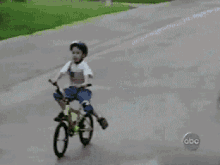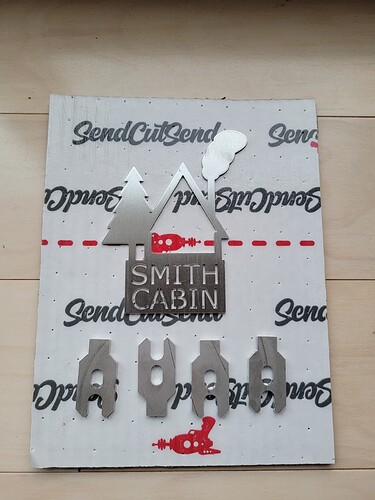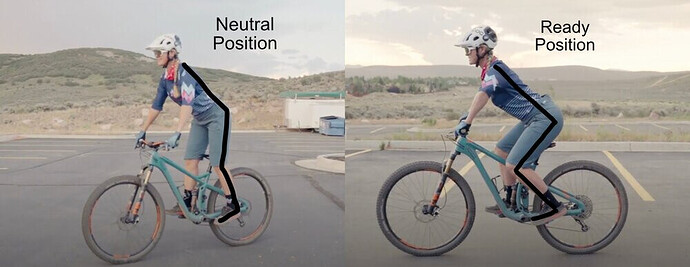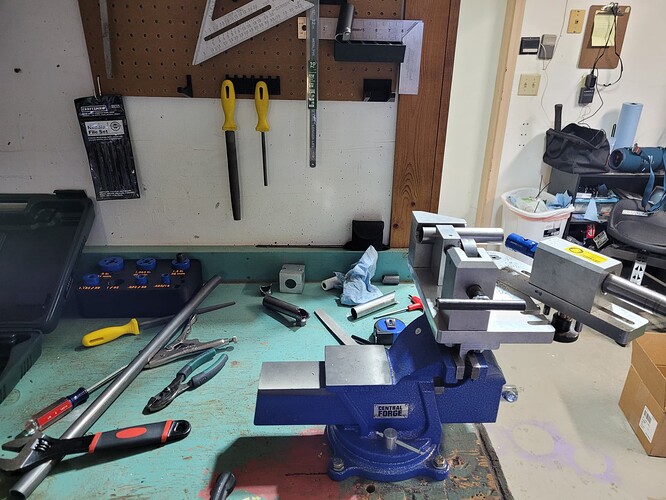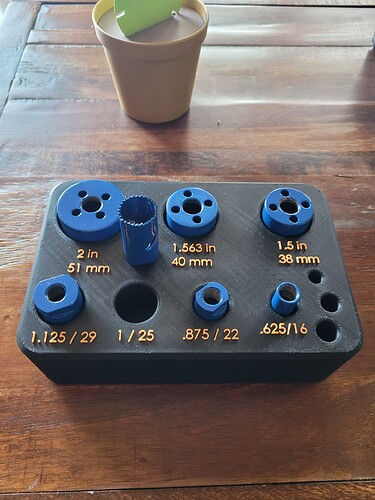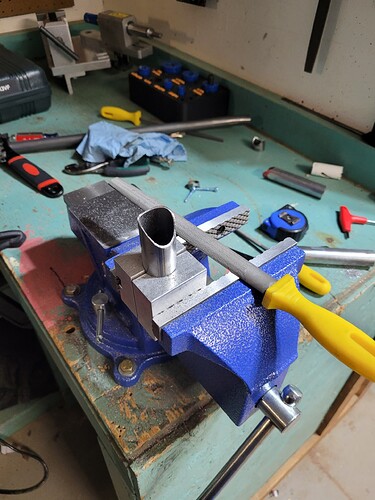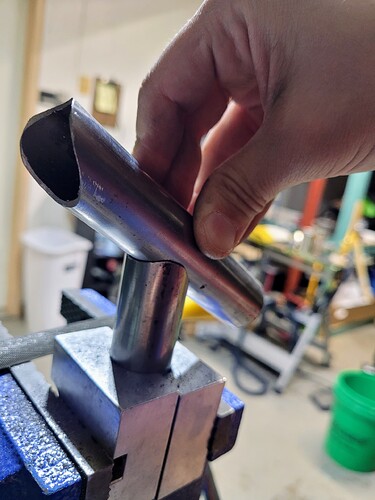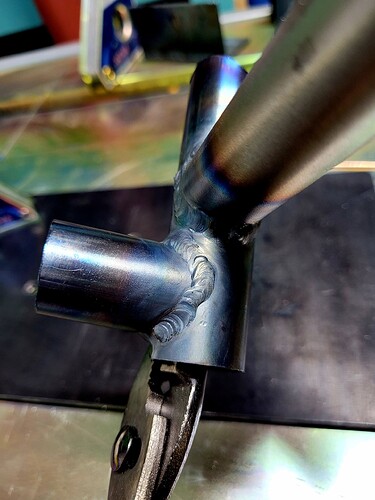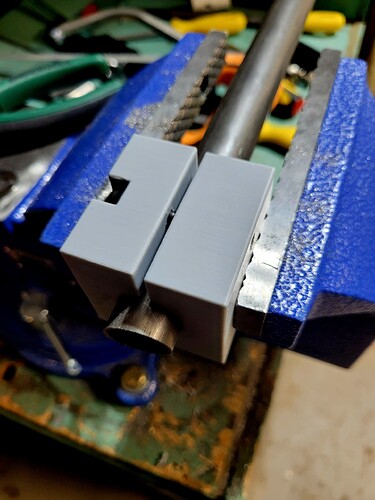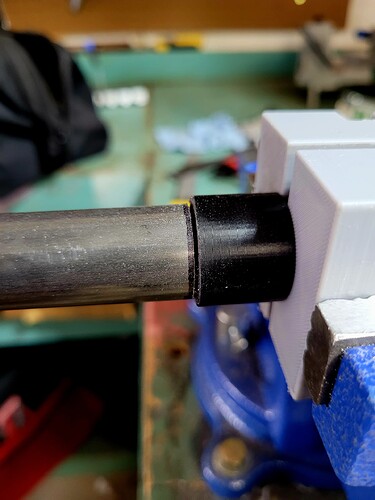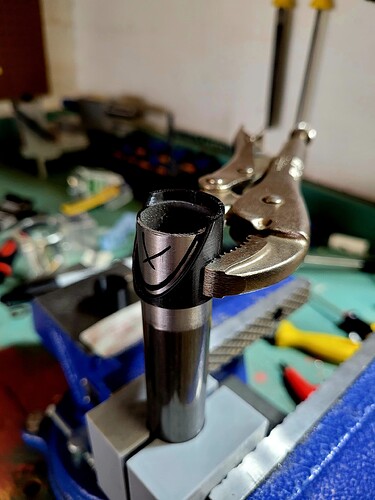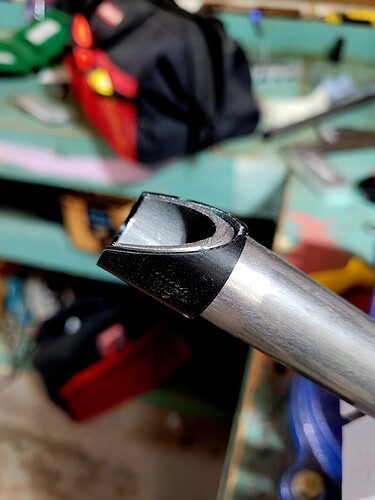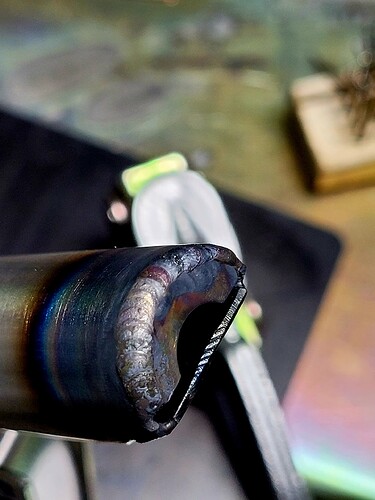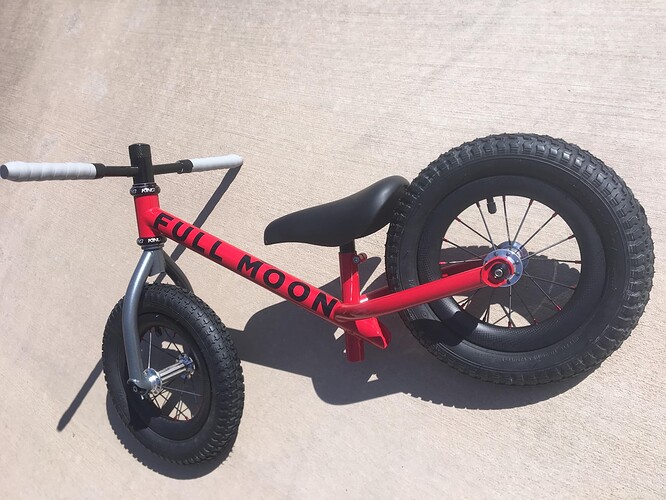My first bike design just hit shop floors:
I spent the last few years managing and designing products at Strider bikes, the 20X was my final project at the company.
I learned a ton developing the geometry and fit for this bike, it was designed using anthropometric data to drive fit. The bottom of the adjustment range is a median sized 8 year old and the top of the range is median sized middle aged woman. The fit worked surprisingly well for the entire range of users with the only adjustability being seat height, handlebar height (using a quill stem), and handlebar roll (150 mm riser BMX style handlebar).
The main goal of this bike was to give gym teachers using the Strider kindergarten All Kids Bike program a tool to aid in visual learning that matched the kid’s bikes. The second goal was to give the special needs group another option for learning to ride a bicycle, something most of this group has been told they can’t do.
The most unique aspect of this bike is the removable pedal kit allowing to start out as a balance bike and add the pedals once the rider is ready for them.
Some of the challenges of this design:
-
Pedal kit had to mount without removing the rear wheel.
-
Pedal kit had to be adjustable to allow chain tension adjustment.
-
Weight limit of 350 lbs.
-
Had to comply with several product safety regulations for a worldwide market: ISO 4210, CPSC 1512, EN71, ASTM-F963.
Surprisingly, the strength testing associated with the toy standards was the most problematic because it was driven by the declared maximum weight. The frame failed this testing on the first go.
One of the design aspects that is most important to mass market companies like Strider is actually assembly instructions and packaging. These bikes are cranked out in the thousands, I believe Strider sold over 400,000 units in 2021, and shipped from China worldwide. The easiest way to save money on these products is to reduce shipping size so you can fit more units in the container. I had to come up with some novel ways of “idiot-proofing” our assembly, particularly adding the front wheel, fork, quill stem, and handlebar properly and having the front drum brake connected properly at the end, tougher for a soccer mom than for us. Strider is in an interesting position as they have a mix of dealers and direct to consumer worldwide, so they go to great lengths to have NO WORDS, only images, in the assembly instructions.
I learned a ton about designing bikes throughout the process, including how inefficient it can be to build bikes overseas.
Overall I am very proud of this design and am excited to see it in bike shops and gym classes!
I have since left Strider and started accumulating equipment to design and build bikes on my own terms. Currently learning the dark arts of sheet metal design and machining in my new position at a company that manufactures equipment for measuring greenhouse gas emissions from livestock.
More to come soon!
